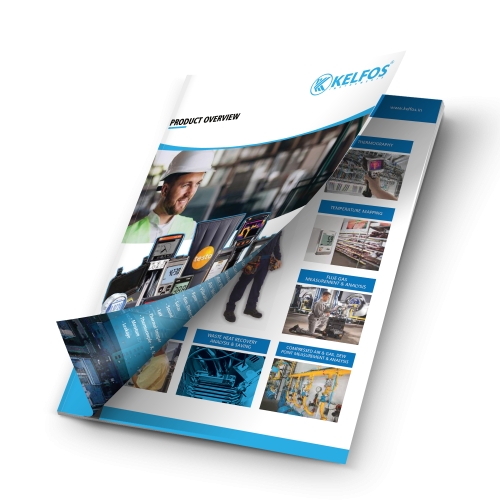Cold Chain
Cold Chain Transport
To store, manage, and transport these life-saving goods requires a series of meticulously timed actions in temperature-controlled settings. We refer to this as a cold chain. Until the time of immunisation, vaccines must be kept continually in a specific temperature range from the time they are created.A temperature-controlled distribution system called “cold chain transport” is utilised in tightly regulated sectors like the food and beverage, pharmaceutical, and chemical industries.
What Is the Cold Chain Process
Almost everyone is familiar with the term “supply chain.” A version of the traditional supply chain, which delivers goods from production to the final consumer, is cold chain transportation, often known as cold chain shipping. It concerns the transportation of chilled goods between 2° and 8°C, or 36° and 46°F, or even at even lower temperatures as low as -70°C, or -85°F. A temperature-controlled distribution system called “cold chain transport” is utilised in tightly regulated sectors like the food and beverage, pharmaceutical, and chemical industries.
What is the difference between cold chain and cold storage
Your products can be kept at the right temperature for extended periods of time in a cold storage facility. The phrase “cold chain” describes the method of regulating the temperature of perishable commodities from the point of origin to the final customer in order to guarantee quality and safety.The average capacity utilisation rate for cold storage as a whole is 75%, demonstrating the long-term viability of the cold chain industry in India. In India, 92 percent of cold storage facilities are owned and operated by private firms. Your products can be kept at the right temperature for extended periods of time in a cold storage facility. The phrase “cold chain” describes the method of regulating the temperature of perishable commodities from the point of origin to the final customer in order to guarantee quality and safety.
The correct storage and distribution of vaccines to health services at all levels, from the federal to the municipal, are ensured by a system of laws and processes known as the “cold chain.” Refrigeration equipment that is connected to the cold chain enables vaccinations to be stored at appropriate temperatures to preserve their efficacy.
What is the procedure of cold chain storage
The phrase “supply chain” is one that most of us have heard of. A variant of the typical supply chain, cold chain transportation or cold chain shipping transports goods from the point of production to the final consumer. It deals with the transportation of chilled goods at temperatures ranging from 2° to 8°C (36° to 46°F), or even lower, as low as -70°C or -85°F. Food and beverage, pharmaceutical, and chemical industries are among the highly regulated sectors that use cold chain transport, a temperature-controlled distribution network.
Applications
Pharmaceutical Cold Rooms
In the pharmaceutical industry, temperature precision is critical. Cold rooms used for storing vaccines, biologics, insulin, test kits, and sensitive APIs (Active Pharmaceutical Ingredients) must operate within strict temperature ranges — often between +2°C and +8°C — with no room for error.
Our expertise in the field
Kelfos provides validated, compliant, and high-accuracy monitoring solutions specifically designed for pharmaceutical cold storage environments. From standalone setups to multi-room facilities, our systems ensure product integrity and full traceability.

Cold Storage Warehouses
Cold storage warehouses are the backbone of the temperature-controlled supply chain. From preserving fresh produce and pharmaceuticals to maintaining frozen goods, even the smallest fluctuation in temperature or humidity can lead to significant losses.
Our expertise in the field
At Kelfos, we understand the complexities and demands of cold storage environments. Our years of hands-on experience in developing and deploying temperature and humidity monitoring systems have made us a trusted partner for cold storage operators across industries.

Food and Beverages
Temperature is crucial for transporting produce, meat and seafood. Any break in the cold chain can lead to rotting, bacteria or mold. Many fruits are ripened during shipment, so a stable temperature is vital. The way meats are frozen also affects their integrity. A fast freezing rate achieved through blast freezing forms smaller ice crystals.
Our expertise in the field
In the fast-paced world of food and beverage manufacturing, storage, and distribution, maintaining the right environment is non-negotiable. A small temperature or humidity fluctuation can spoil entire batches, trigger safety concerns, or compromise shelf life.


Monitor the cold chain: Ensure food safety
Perishable meals are touchy to adjustments in temperature. While fruit and vegetables ripen rapidly and barely make it to the grocery store if they are saved and transported in stipulations that are too warm, micro organism can multiply in meat and dairy merchandise when heated. These, in turn, can reason serious illnesses. Therefore there have to by no means be any gaps in the bloodless chain, however this can solely be ensured thru non-stop monitoring. This monitoring will divulge susceptible areas that want to be addressed urgently. Special interest ought to consequently be paid to locations the place ambient temperatures can also fluctuate due to irreversible influences: Windows and doorways as properly as transport cars or containers need to be actually temperature-resistant. Testo measuring devices have to make sure compliance with the bloodless chain for food.
Need a Consultation? Contact Us 24/7
Innovative Test & Measurement Solutions for Market Leadership




